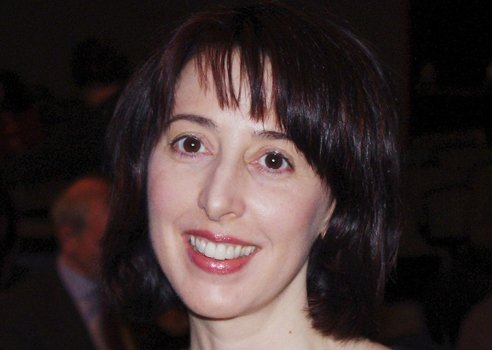Reading time: About 1 minute
I like to share interesting pieces of figurative language I encounter in my reading. I write today about a series of images from Deb Olin Unferth….
I had never heard of Deb Olin Unferth — an an American short story writer, novelist, and memoirist — until I read a delightful piece she’d written on the marvels of analogue clocks for the New York Times.
Deb Olin Unferth (pictured above), was a finalist for a 2012 American Book Critics Circle Award for her memoir, Revolution. (Which I now plan to read.)
Her New York Times piece offered a taste of her fine eye and ear for figurative language. Here are my favourite examples:
- My sister can’t read an analog clock. She’s 10 years younger than I am. No doubt that skill is disappearing from the populace, along with an avalanche of others: driving a stick shift, writing by hand, navigating by memory, using stamps.
- The delightful key to the puzzle is that the numbers on the clock’s face represent more than one value simultaneously.
- The clunky digital clock, by contrast, jerks along, stopping every minute like a Beckett character — I can’t go on. I’ll go on — falsely implying that time is a series of snapshots, a stop-action film rather than the seamless flux that it is.
- I bought [an analogue clock] on Etsy made of repurposed iron. The hands got tangled, and the minute dragged the hour with it in a wrenching existential battle.
- If it’s anything like the clocks of my youth, it will outlive the cockroaches.
- A simple circle, it is the direct descendant of the sundial, connecting us to the mysteries of our forebears and their weird scientific achievements, to a time when the sky told humans how to live.
- Perhaps the clock is a marker of our arrogance, a record of our insistence that we own and dominate everything, from water to animals to hours.
[Photo credit: David Shankbone. Cropped. Licensed under the Creative Commons Attribution 3.0 Unported license.]


